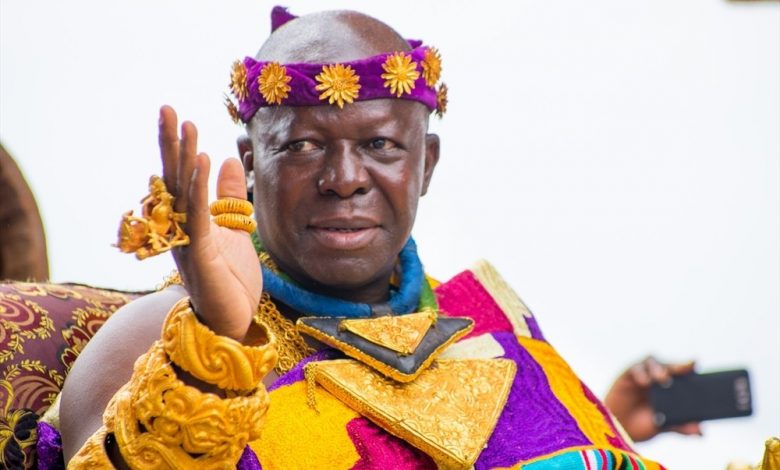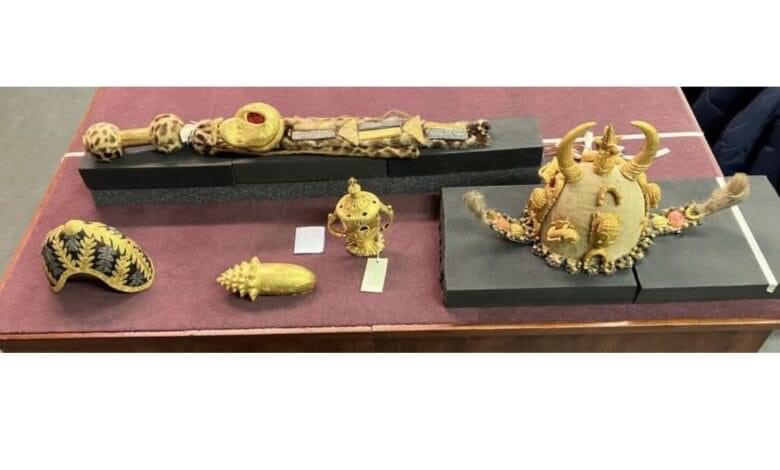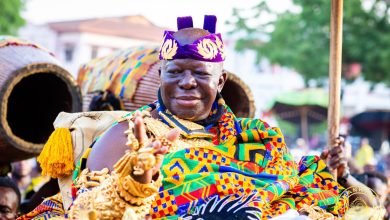UK Return 32 Stolen Asante Royal Artefacts

The United Kingdom (UK) has returned 32 royal artefacts looted from the Asante Kingdom in the 19th Century.
The items include 15 pieces from the British Museum and 17 from the Victoria & Albert (V&A) Museum.
The royal objects were taken from the Palace in Kumasi during the Anglo-Asante Wars, including the Sagrenti War of 1874.
Total return
This brings to 39, the number of looted artefacts that have so far been returned to Kumasi. In February 2024, the Fowler Museum at the University of California, Los Angeles, repatriated seven looted objects to the Asante Kingdom.
The museum, which focuses on the cultures of Africa, Asia, the Pacific and the Indigenous Americas, had received the items in 1965 as part of the largest gift in its history, a collection of some 30,000 objects from a trust in the name of the benefactor, Sir Henry Wellcome, a British pharmaceutical entrepreneur and artifact collector.
Loan deal
On Tuesday, April 9, the two British museums returned the mostly golden royal regalia after 150 years. They will be on loan for an initial three years and renewable for another three years. The loan deal is not with the Ghana government but with Otumfuo Osei Tutu II, Asantehene. Legal restrictions in the UK have made it impossible to return the artefacts permanently.
Silver jubilee
The return of the artefacts coincides with the silver jubilee anniversary of Asantehene Osei Tutu II, who first started the negotiations in May last year. “Gold and silver regalia, associated with the Asante royal court, will be displayed at the Palace Museum as part of a long-term loan commitment by the Victoria & Albert and the British Museum,” the Manhyia Palace said in a statement.
Manhyia Museum
Otumfuo will receive the objects in specially designed Belgian cases in Kumasi, after which the Manhyia Palace Museum will be closed for three weeks for installation works and encasing.
The gold artefacts are the symbol of the Asante traditional authority. Many of these items will be seen in Ghana for the first time in 150 years. They will be on display and open to the public in May.











